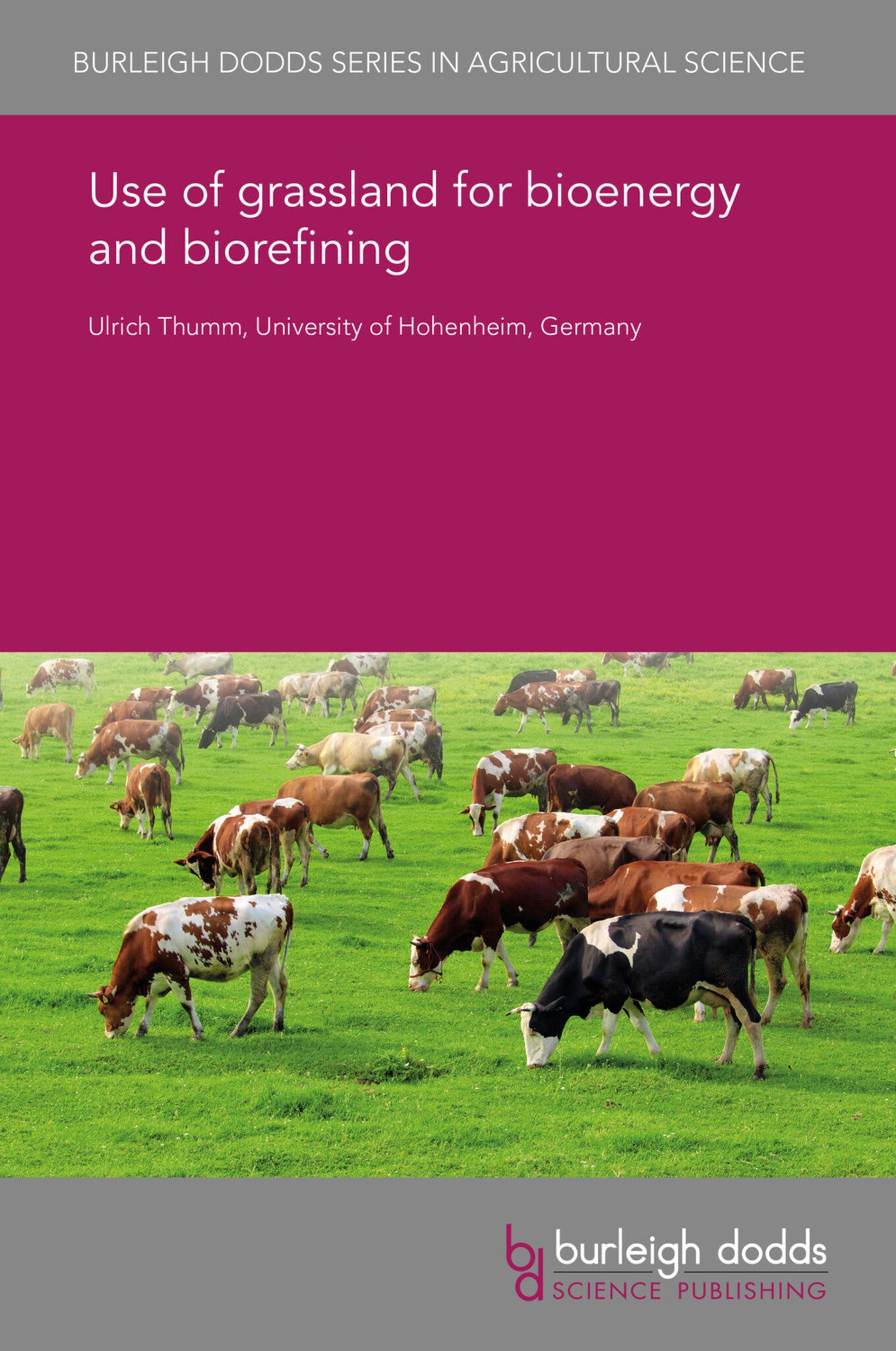We're sorry. An error has occurred
Please cancel or retry.
Use of grassland for bioenergy and biorefining
Regular price
£25.00
Sale price
£25.00
Regular price
£25.00
Unit price
/
per
Sale
Sold out
Re-stocking soon
High-yielding, intensively managed, agriculturally improved grasslands provide biomass with qualities suitable for anaerobic fermentation and biorefining. Biomass from semi-natural grasslands or fr...
Read More

Some error occured while loading the Quick View. Please close the Quick View and try reloading the page.
Couldn't load pickup availability
- Format:
-
26 July 2018

High-yielding, intensively managed, agriculturally improved grasslands provide biomass with qualities suitable for anaerobic fermentation and biorefining. Biomass from semi-natural grasslands or from landscape conservation areas has higher lignin content. It is suitable for combustion or pyrolysis, but requires pre-treatment before fermentation or hydrolysis to break down the cellulosic fibre. This chapter begins by reviewing grassland types, categorizing them according to their potential for biomass production. The next section details the options for use of grassland biomass, and covers biogas, combustion, pyrolysis and gasification, enzymatic hydrolysis and fermentation to ethanol, and biorefining. Finally, we discuss the future prospects for the use of grassland biomass in bioenergy applications.

Price: £25.00
Publisher: Burleigh Dodds Science Publishing
Imprint: Burleigh Dodds Science Publishing
Series: Burleigh Dodds Series in Agricultural Science
Publication Date:
26 July 2018
ISBN: 9781838797003
Format: eBook
BISACs:
TECHNOLOGY & ENGINEERING / Agriculture / Forestry, Plains and grasslands, TECHNOLOGY & ENGINEERING / Agriculture / Sustainable Agriculture, Sustainable agriculture, Forestry and silviculture

1 Introduction 2 Grassland biomass and biomass quality 3 Alternative uses for biomass from permanent grassland 4 Prospects for using grasslands for bioenergy 5 Conclusions 6 Where to look for further information 7 References



